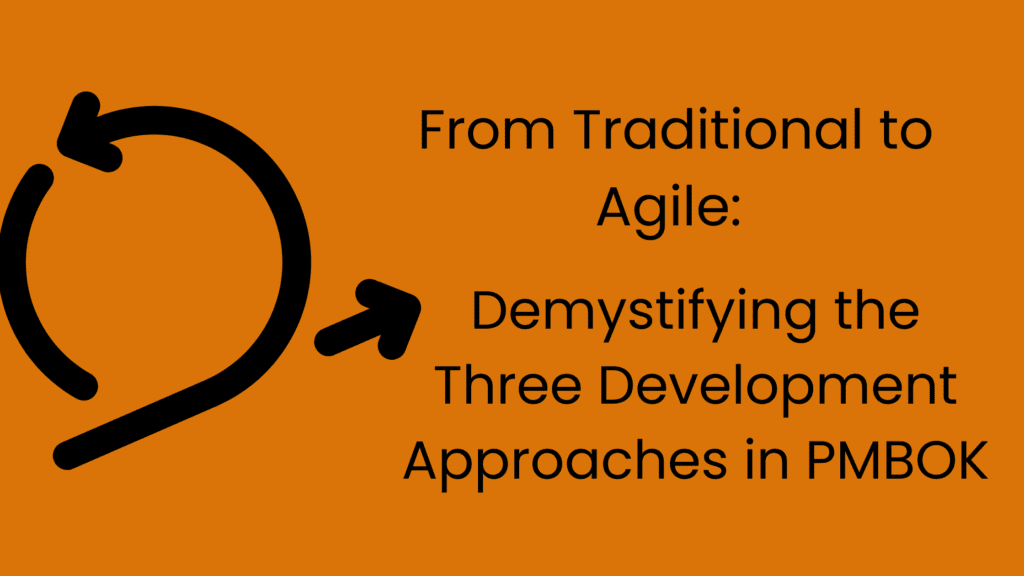Remember How Awesome You Are by Creating an Accomplishments List

As the end of the year approaches, it’s important to take a moment to reflect on your professional accomplishments. Whether you’re creating an end-of-year accomplishment list for yourself or for your manager, this guide will help you highlight your achievements and identify areas for growth and improvement in the upcoming year. Let’s explore the steps to create an impressive end-of-year accomplishment list and provide helpful tips to make it stand out.
1. Understand the Level of Detail Required
Before you start compiling your accomplishment list, it’s essential to understand the level of detail that is expected. If you’re creating the list for your manager or boss, consider asking for a sample or clarification on the preferred style. This will help you tailor your list to meet their expectations. On the other hand, if you’re creating the list for yourself, feel free to get creative and jazz it up to make it enjoyable for you to create and review.
2. Include Everything You’ve Accomplished
It’s easy to forget about early-year accomplishments as the year progresses. However, it’s important to include everything you’ve done throughout the year on your list. Take the time to go back and review your achievements from the beginning of the year. This will ensure that you have a comprehensive and accurate representation of your accomplishments.
3. Highlight Specific Accomplishments with Numbers and Details
When listing your accomplishments, it’s crucial to include specific details and numbers whenever possible. This will help showcase the impact of your achievements and make them more memorable. For example, instead of saying “Increased sales,” you can say “Increased sales by 20% over the previous year.” Including specific numbers and details adds credibility to your accomplishments and makes them more impressive.
4. Use the CAR Method to Craft Powerful Statements
To make your accomplishment list more impactful, try using the CAR method when crafting your statements. CAR stands for Challenge, Action, and Results. Here’s how you can apply this approach:
- Challenge/Context: Start by describing the challenge or situation you encountered.
- Action: Explain the specific actions you took to address the challenge.
- Results: Highlight the outcomes or results you achieved as a result of your actions.
Using the CAR method will provide a clear structure to your statements and make them more compelling to readers.
5. Transfer Your Accomplishments to Your Resume
Your end-of-year accomplishment list can serve as a valuable resource when updating your resume. Start by identifying the most relevant achievements and transfer them to your resume. Remember to start each accomplishment statement with a strong action verb and vary your approach to avoid repetitive language. Use the CAR method to structure your statements and provide specific details to make them more impressive.
6. Create a Brag Folder for Future Reference
To keep track of all your professional accomplishments, consider creating a brag folder. This can be an offline or online collection of documents, clippings, and notes that highlight your achievements. A brag folder is a great way to ensure that you have a record of your accomplishments for future reference. It can also serve as a confidence booster when you look back and see the accumulation of your achievements.
7. Include a Variety of Accomplishments
When building your brag folder, remember that no accomplishment is too small to include. Whether it’s a major project or a small task that you excelled at, everything counts. Include a variety of accomplishments, such as successful projects, awards, recognition, problem-solving examples, and instances where you went above and beyond your responsibilities. This will provide a well-rounded view of your achievements.
8. Craft Impactful Accomplishment Statements
When writing about your accomplishments, focus less on your job duties and more on what you actually achieved. Use impactful language and strong action verbs to make your statements stand out. Whenever possible, include quantitative measurements and tangible results to demonstrate the value you brought to your role. Tailor your accomplishment statements to the specific job you’re applying for, highlighting the skills and experiences that are most relevant.
9. Group Accomplishments Using STAR, CAR, or PAR
To provide structure and clarity to your accomplishment statements, consider grouping them using the STAR, CAR, or PAR method. These frameworks help provide context and make your statements more effective. Here’s a breakdown of each method:
- STAR (Situation, Task, Action, Results): Describe the situation or challenge, the task you were assigned, the action you took, and the results you achieved.
- CAR (Challenge, Action, Results): Outline the challenge you faced, the specific actions you took to address it, and the outcomes you achieved.
- PAR (Problem, Action, Results): Identify the problem or issue you encountered, the action you took to resolve it, and the results or benefits of your actions.
Using these frameworks will make your accomplishment statements more structured and impactful.
Creating an impressive end-of-year accomplishment list is a valuable exercise that allows you to reflect on your professional achievements and set goals for the future. Not just for your boss but also for you so you don’t forget how much of an awesome job you did this year. Remember to highlight specific details and use impactful language to make your accomplishments more memorable. Celebrate your achievements and use them as motivation to continue striving for success in your career.




